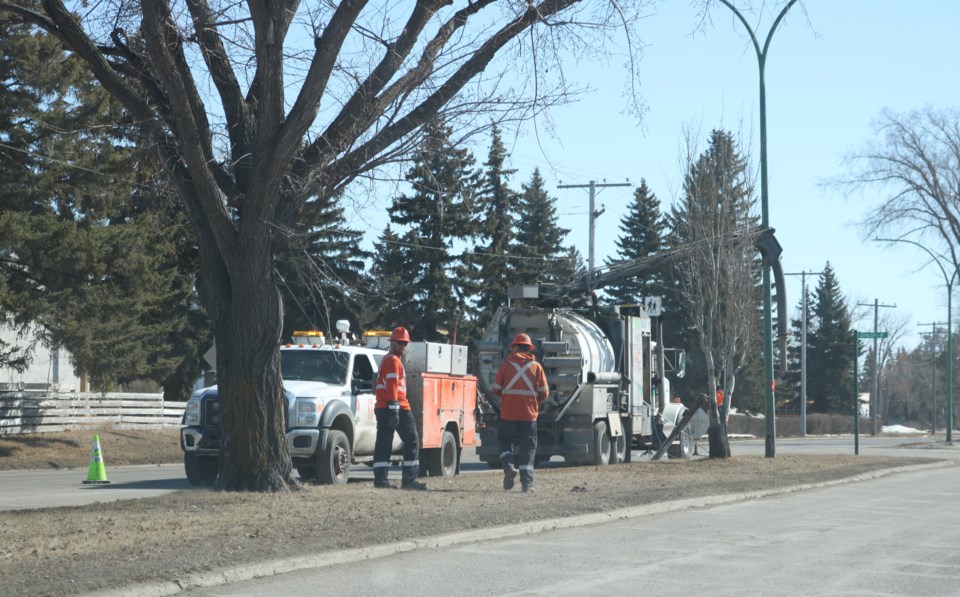YORKTON - A ‘Dig Safe Breakfast Program’ hosted in Yorkton Thursday attracted some 90 participants.
The Contractor Dig Safe breakfast program is a signature initiative of the SCGA’s Dig Safe Month supported by 21 industry sponsors, and is held in communities across the province by the Saskatchewan Common Ground Alliance (SCGA).
The breakfast was highlighted by four informational safety videos which covered various topics, including reminding workers of their rights and reinforcing the message to call to have underground infrastructure marked before doing any excavation work.
Elmer Hollinger, an operations manager with SaskEnergy in Yorkton, and sits on the SCGA’s Public Awareness and Education Committee, said while it remains important to reinforce the message to call before you dig, it is better today.
Hollinger noted at a recent breakfast event in Watson anecdotally he was told that it was a very rare occurrence to call back in the 1950s, ‘60s and ‘70s.
Today, reputable contractors generally make the call, said Hollinger, who added it can be missed on occasion, and at times homeowners or farmers doing work on their own property will not call first.
It’s important to respect property of utility companies, so no attaching a new deck to a power pole as was noted in a video shown Thursday.
When it comes to identifying where underground lines might be it starts with a simple call to Sask 1st.
Sask 1st Call is a service for anyone planning to dig or excavate. The service provides underground facility screening and notification for excavators. The Sask 1st Call team is dedicated to the prevention of unnecessary damage, injury or death due to unsafe digging practices.
So who should contact Sask 1st Call?
Anyone who is panning to dig, excavate, or otherwise disturb the ground; commercial or residential.
The call should be part of a work plan that includes things such as identify any equipment, personnel, permits or approvals required, look for facility signage and other signs of ground disturbance, and develop emergency response plan.






